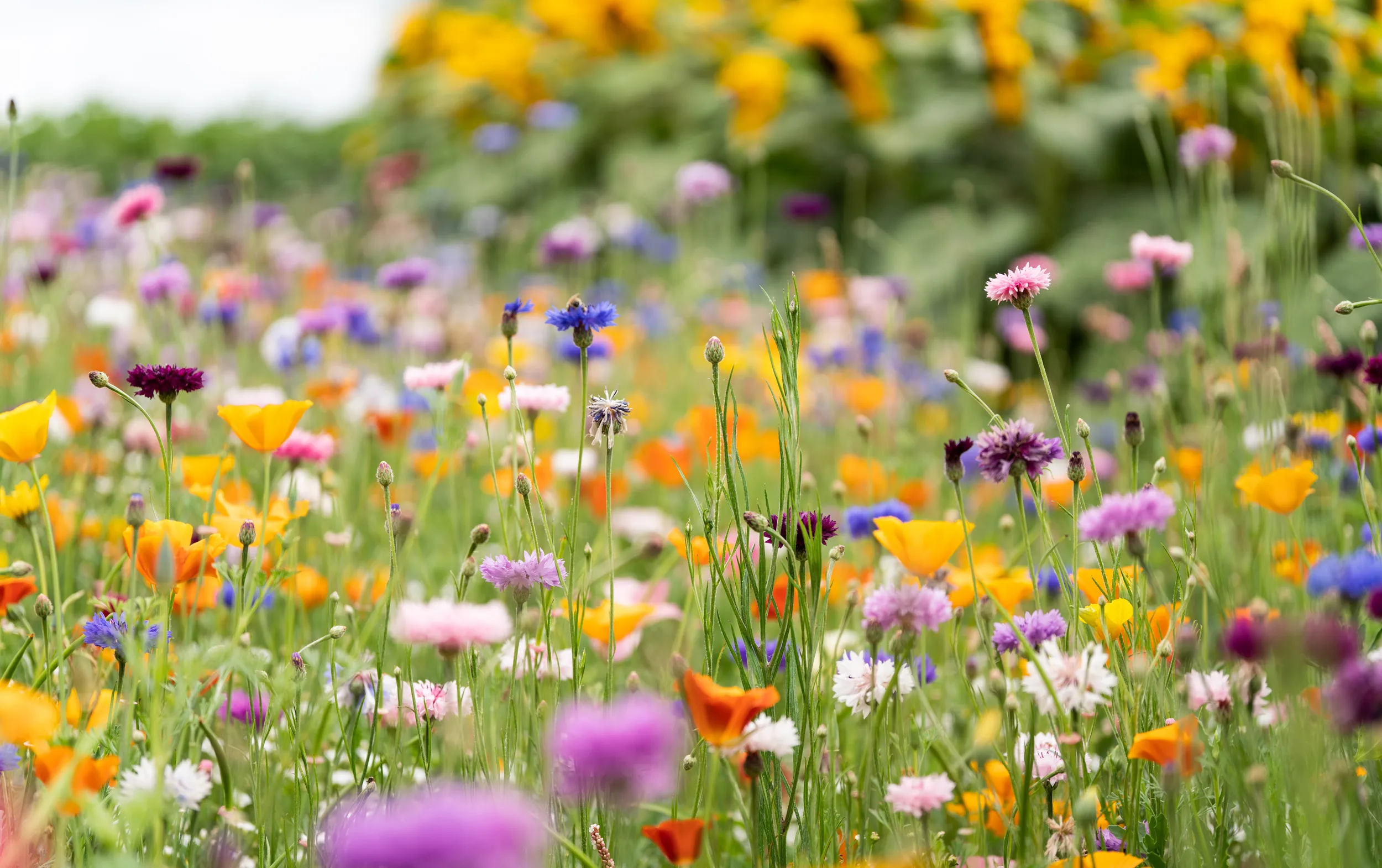
Our guide is full of ideas for welcoming nature into your outdoor space. Put a few of our tips into action and your garden will be buzzing with wildlife in no time.
To make your outside space wildlife friendly, fill it with plants! There’s something life-affirming about being surrounded by plants – trees, shrubs, flowers and meadows.

What's a garden without plants? From wildflowers to fruit trees, they all play their own important part in making a home for nature.
Plants are also the solid foundation of the food chain. Where there are plants, there’s shelter and food for so many creatures; they home in on it.
Here are seven easy-to-grow plants that you can find in any garden centre, which will be visited by lots of lovely pollinating insects, if you plant them in a sunny, sheltered position. All (except the foxglove) are perennials, so they'll grow back year after year.
Each plant should take no more than 15 minutes a year to look after – a once a year prune and a drop of water in hot weather is all it takes.
Brilliant for bees. Grows to about 60cm (2ft) tall and the same wide. They do well in dry, rubbish soil – just don’t overwater them, as they don’t like having their feet in water. To look after it, just trim the ends of all the stems in early spring.
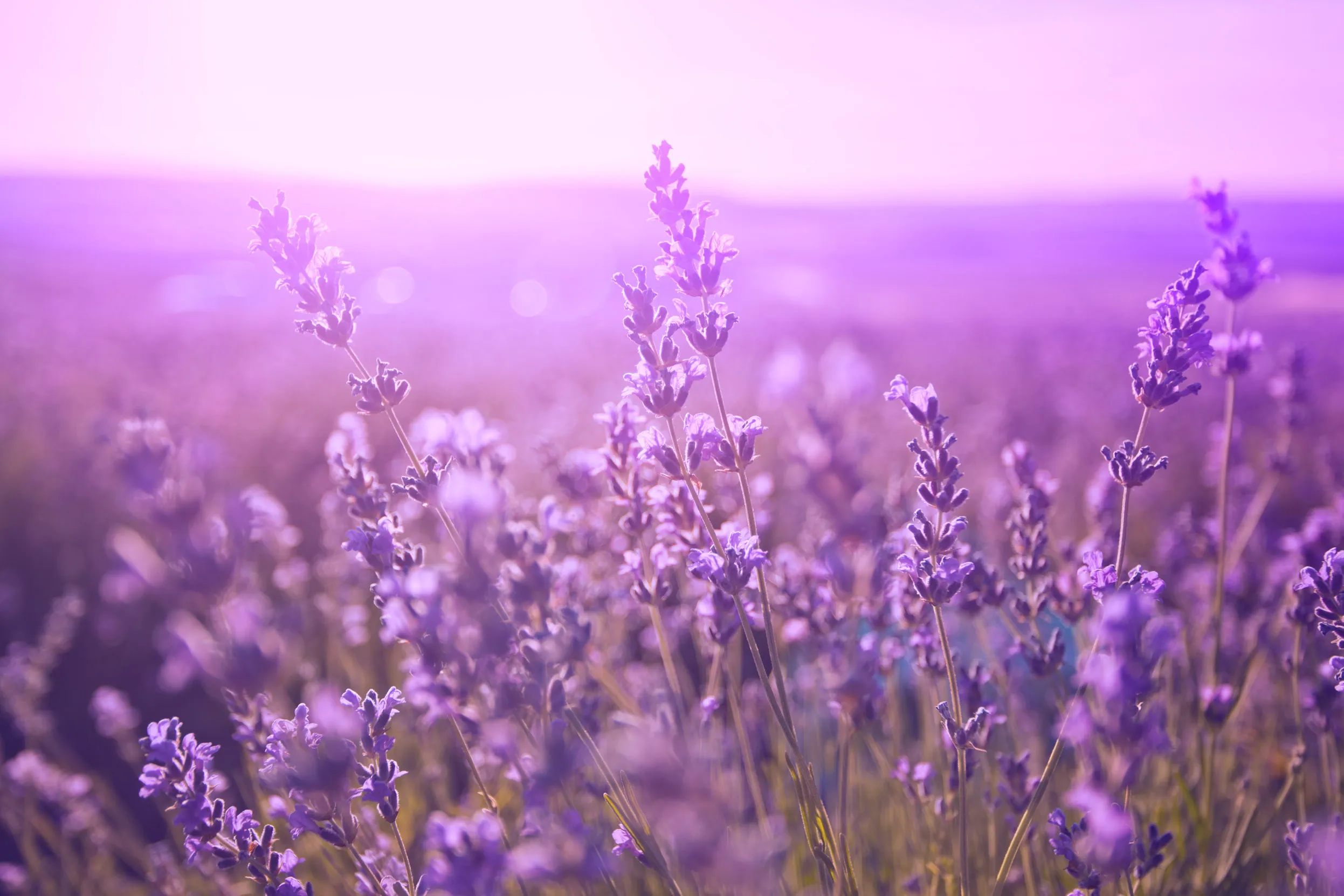
Great for bees, even better for butterflies. Grows to about 30cm (1ft) tall and over time forms a clump. You might find it labelled Oregano. In spring, cut back all the stems that flowered the previous year.
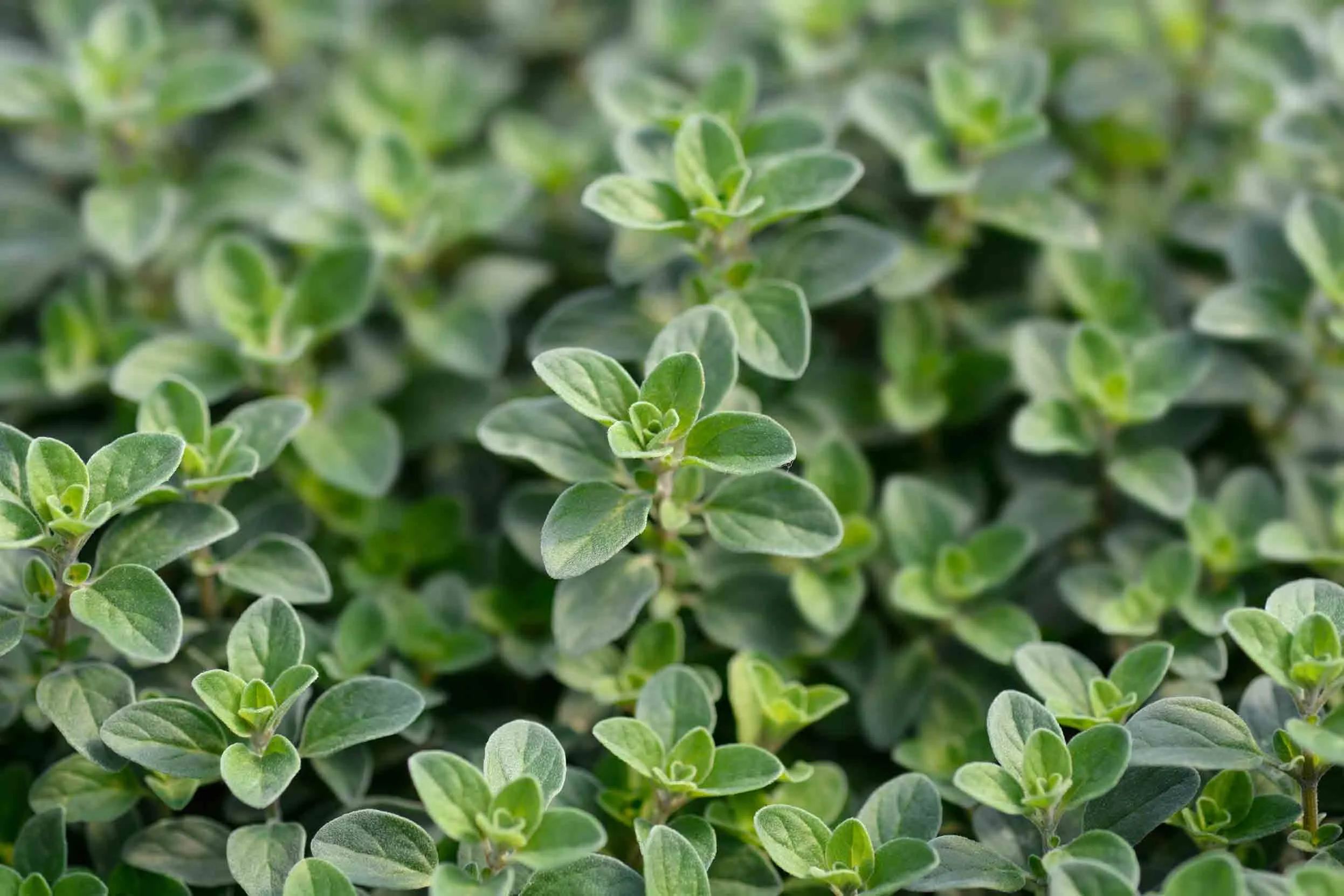
Often labelled Nepeta. It forms a low, loose mound of foliage about 45cm (1.5ft) high. Two common ones are Walker’s Low and Six Hills Giant. Let them flower in summer, then cut back to the base in July as they start to go straggly (you can be tough with your love!) and it will sprout again from the base. Cats love it and will eat and roll around in it, often before it has a chance to flower!

Grows slender wiry stems with clusters of lilac flowers on top that butterflies love. Leave the flower heads once finished as finches eat the seeds. Those that fall to the ground may germinate and give you new plants. Prune back to the base in early spring.
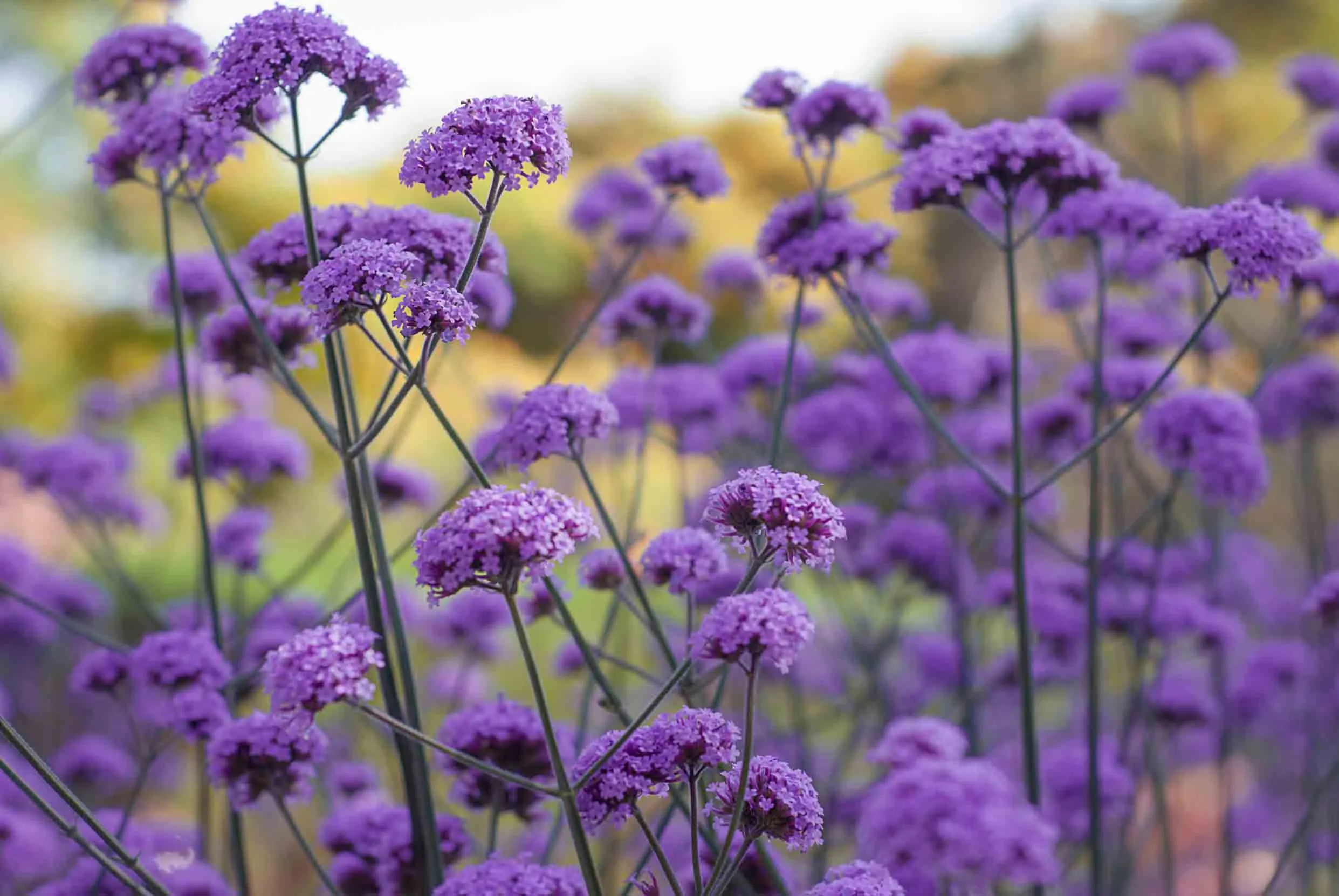
Tall flower spikes with purple, pink and white flowers. Many foxgloves are ‘biennials’, meaning they germinate in year one, form a rosette of leaves, then flower in year two, and die. They’ll produce thousands of tiny seeds for you (or the wind!) to scatter.
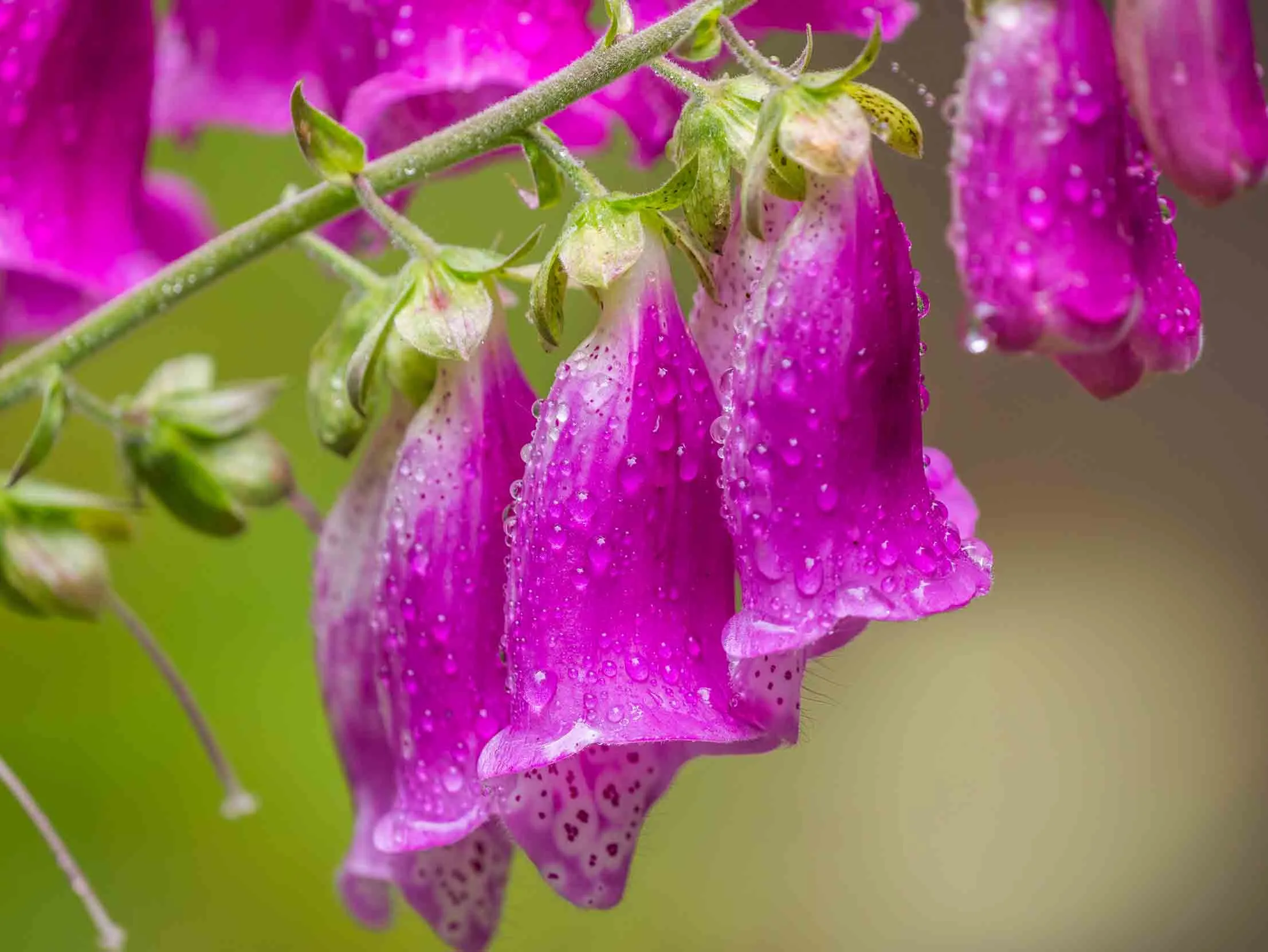
With daisy flowers in flaming reds and yellows about 60cm (2ft) high, which will have the bees flocking. A common variety is Sahin’s Early Flowerer, but any will do. Cut back last year’s flowering stems in early spring. Water well in hot, dry weather.
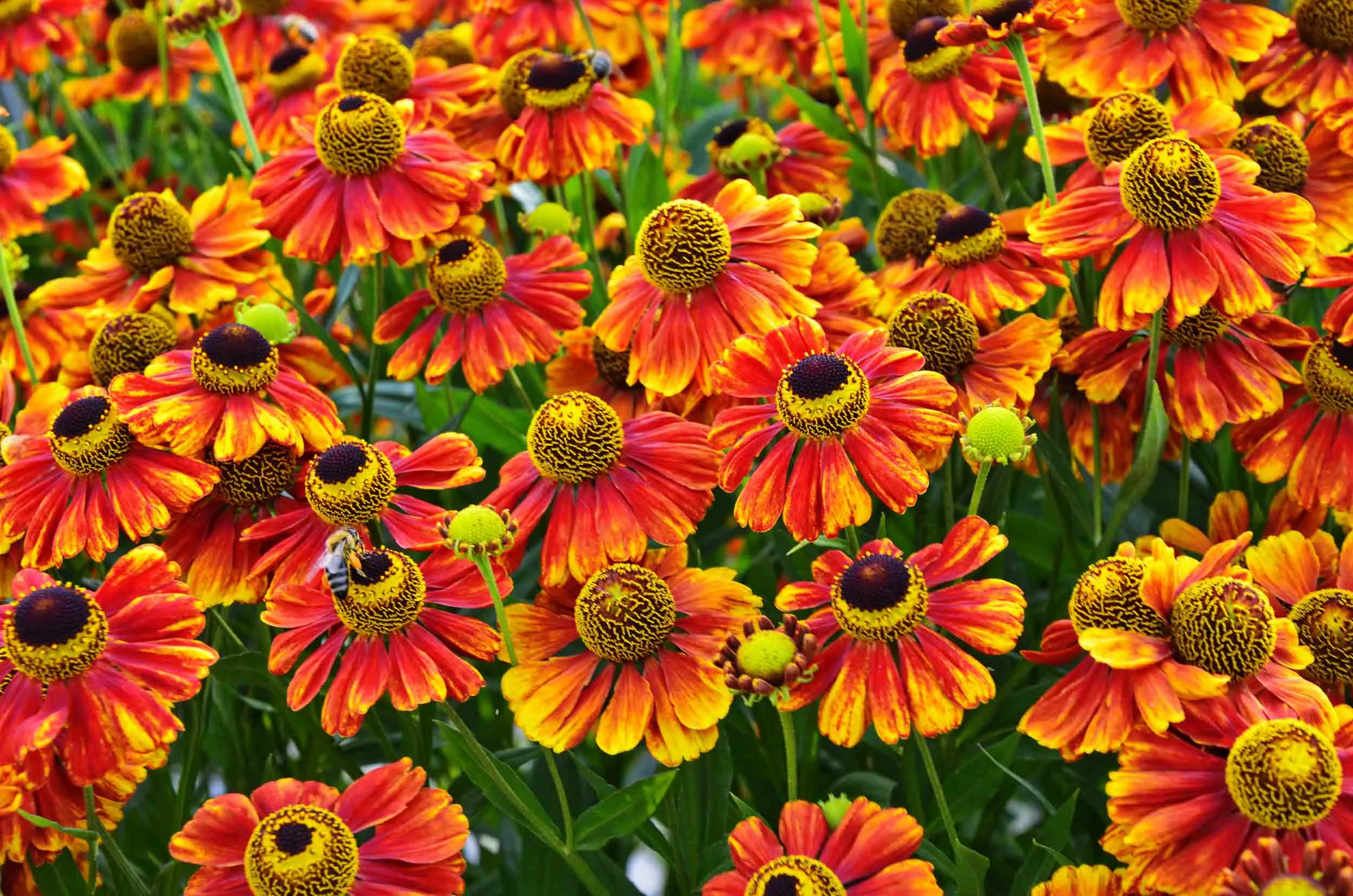
They have mounds of lovely leaves about 30-45cm (1-1.5 ft) high) and hundreds of large simple flowers in shades of blue, purple and pink, perfect for bumblebees. Some flower for weeks and weeks. Look for varieties such as Geranium Rozanne, Geranium x magnificum, Geranium sanguineum. Just like catmints, most can be cut back hard straight after flowering, and will happily grow back and probably flower again.
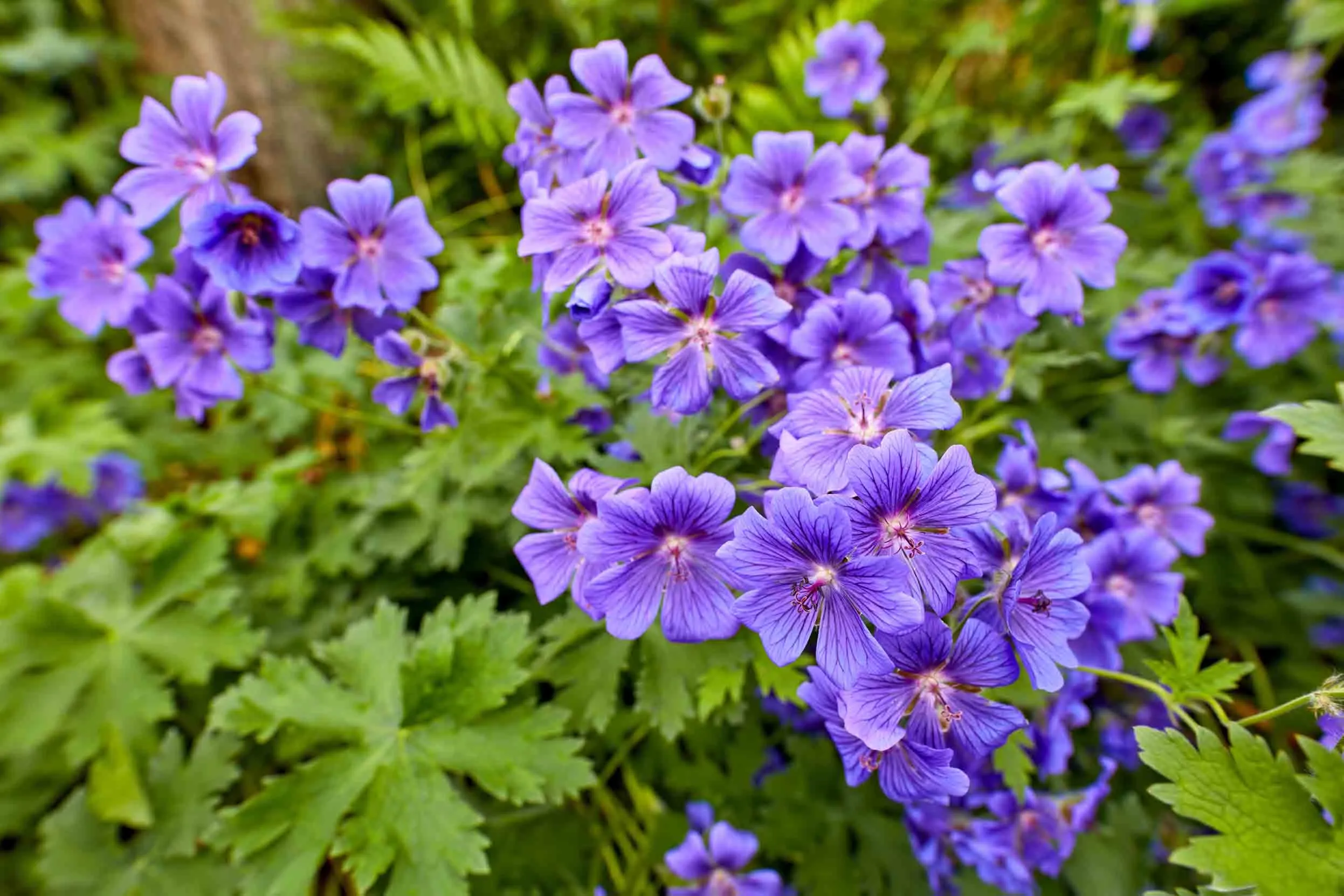

Our guide is full of ideas for welcoming nature into your outdoor space. Put a few of our tips into action and your garden will be buzzing with wildlife in no time.
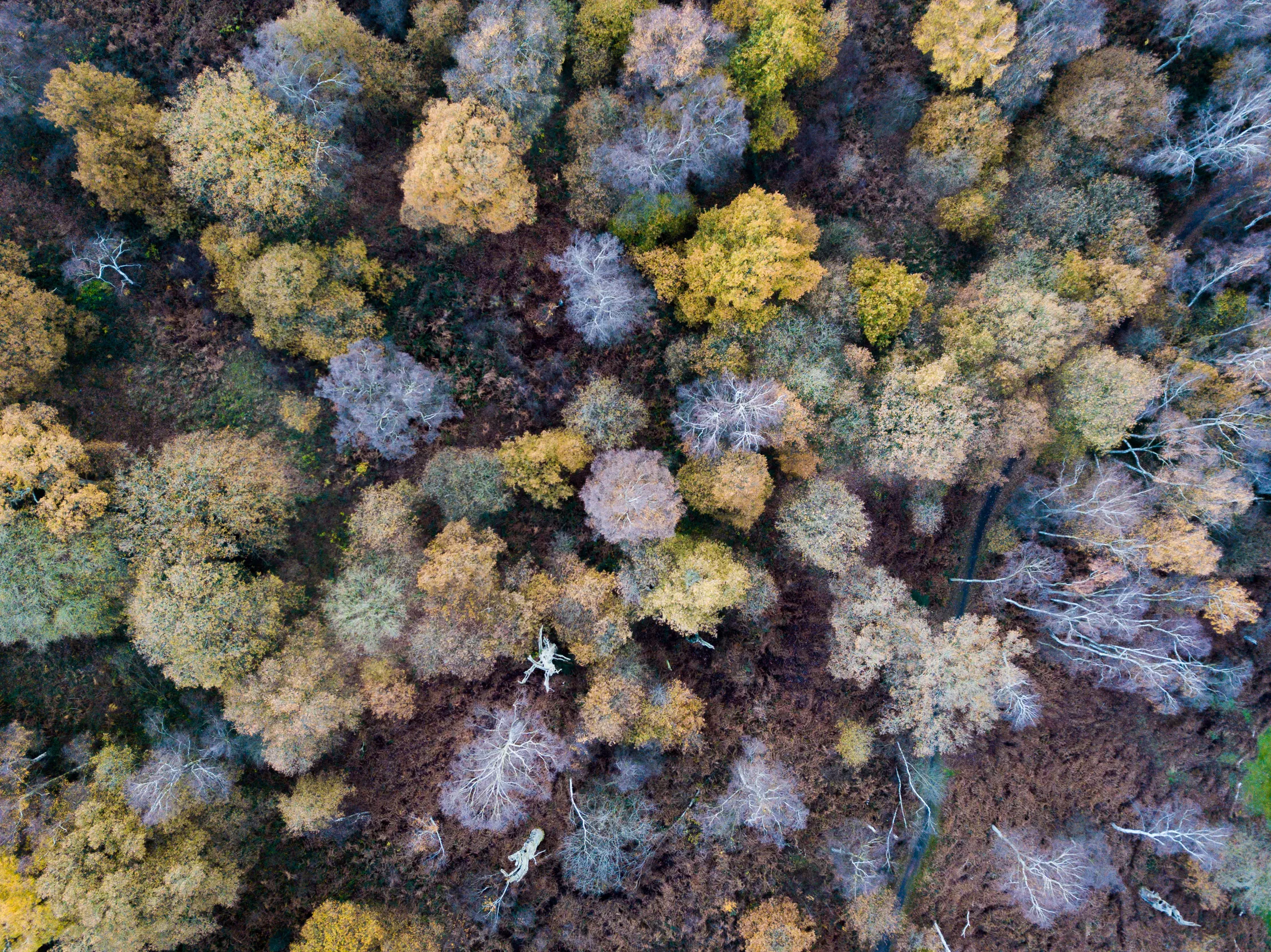
Trees are easier to grow than most plants, as they generally look after themselves. Buy them small or as a bare root – that makes them cheaper and easier to get established. Choose carefully, because you don’t want one that will totally outgrow your garden, but there’s one to suit every size of space.
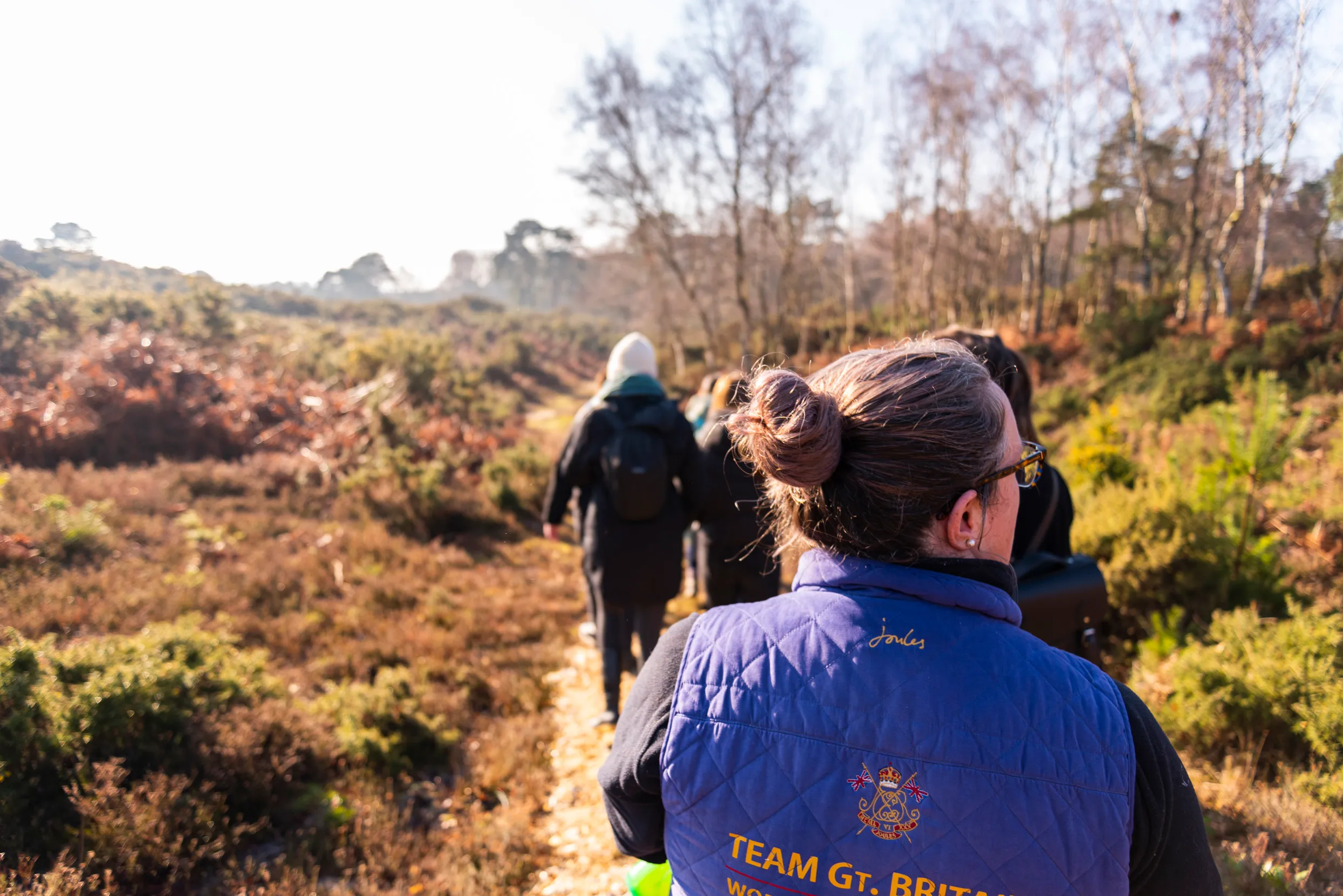
Growing from seed does need a bit of TLC to nurture seedlings when very small, but it isn’t a ‘dark art’, and it is so cheap and rewarding.
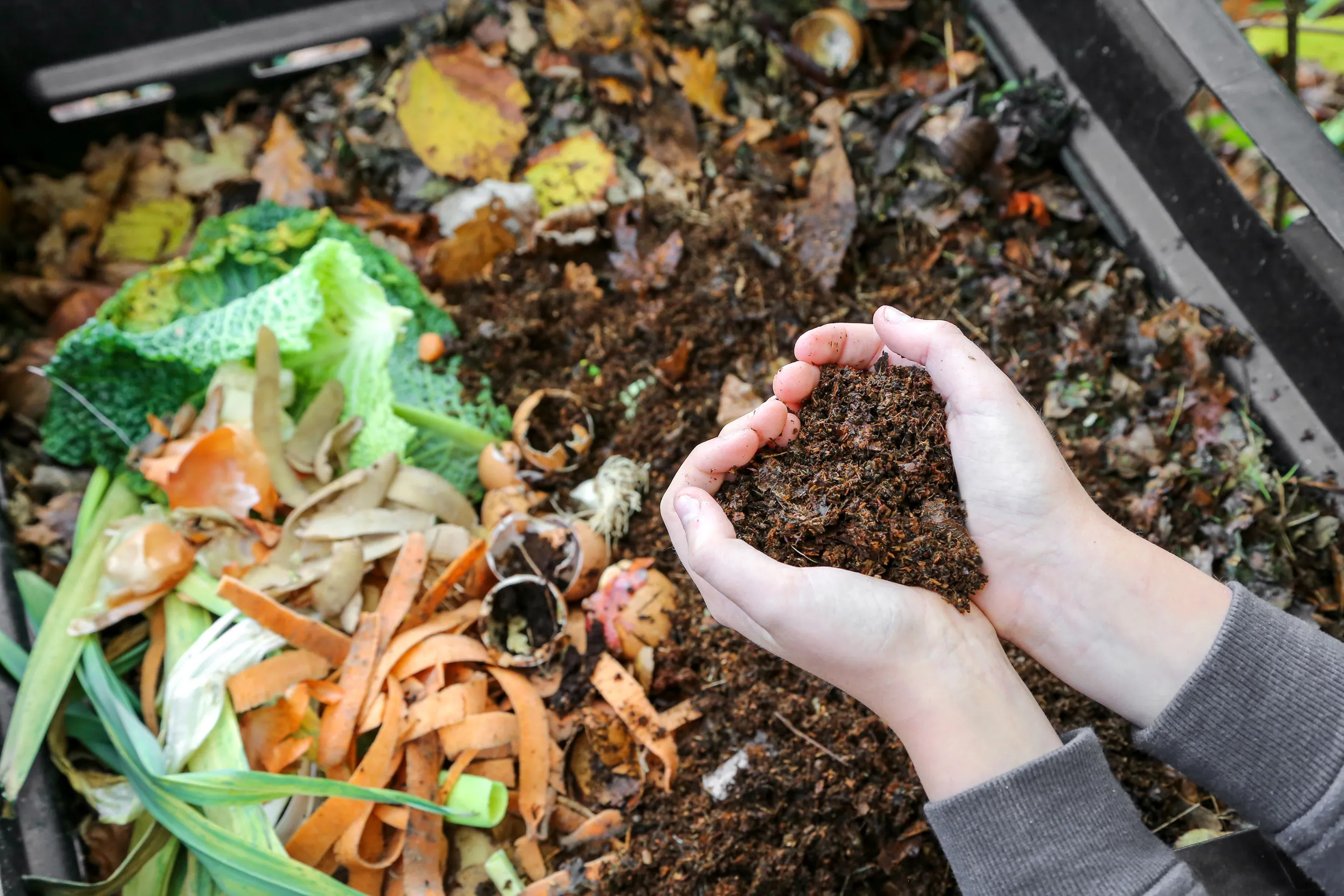
Only use peat-free compost – there’s no point destroying special and fragile wildlife homes elsewhere to try and make our own spaces better for wildlife.

Climbers are easy to grow in tubs, as they take up minimal space and can be grown against a wall or trained up and over a balcony railing. They can act as a windshield and reduce the drying effect on the other plants in the tubs, as well as providing shelter. Their beautiful flowers provide colour and scent.